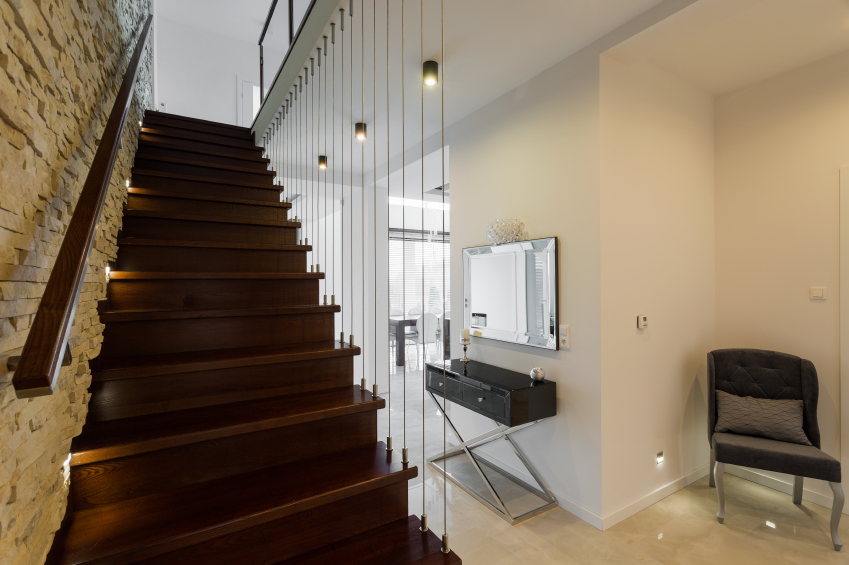


Stairlifts are invaluable to those with disabilities and having one fitted can make it easier for you to access upper levels in your home. A standard chairlift can be battery operated or electric and is placed at one side of a staircase to allow movement between floors of a house. A powered chair is fitted for you to sit on with call boxes fitted on each level of the house to move the chair to where you are. You can choose from our range of stairlifts at ALS Stairlifts; follow the guidance below for installation.
There are some steps you should take before you make a purchase to ensure that the stairlift you choose is right for your home. Stairlifts are available in L-shape, curved or straight depending on the type of staircase you have in your home. Homeowners can install many of the styles available but you may have to enlist our professional help for some curved models. Most stairlifts come with a chair to take you to different floors of the house, but a wheelchair lift does not. Consider the amount of space you have before making a purchase as you will need to fit the chair and the track. You should measure your staircase first to ensure you purchase enough track.
Stairlifts are fitted to the side of the stairs at the wall, not the railing. You will need an installation kit and manual suitable for the type of stairlift purchased. The lower track is the first part to be fitted and this needs to be even, to ensure the stairlift does not become stuck in the middle of the staircase. Start by fitting brackets at the top and bottom of the stairs. The next step is to fit the call boxes. The wiring is usually attached to the underside of the lower track. Ensure that call boxes are easy to reach. The next part to be fitted is the pulley mechanism followed by the seat. Fitting these will be dependent on manufacturer’s instructions.
Should you need assistance or just want to purchase a suitable chairlift, contact us.